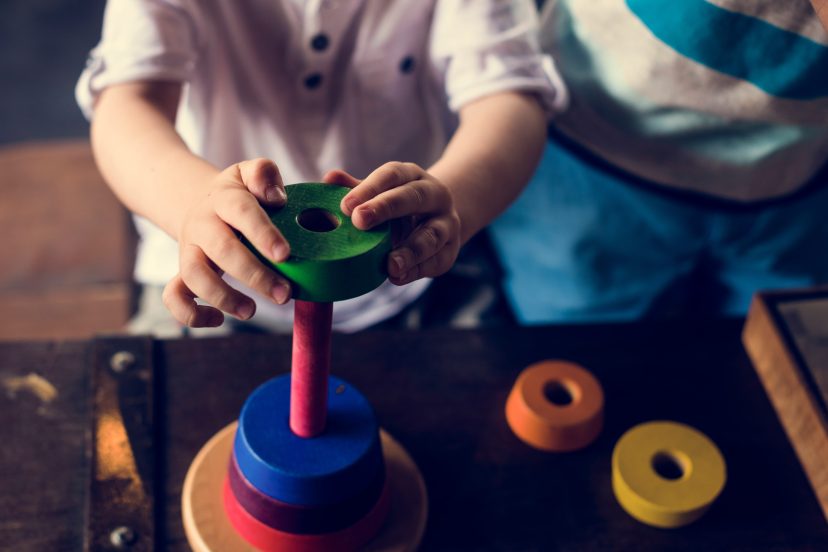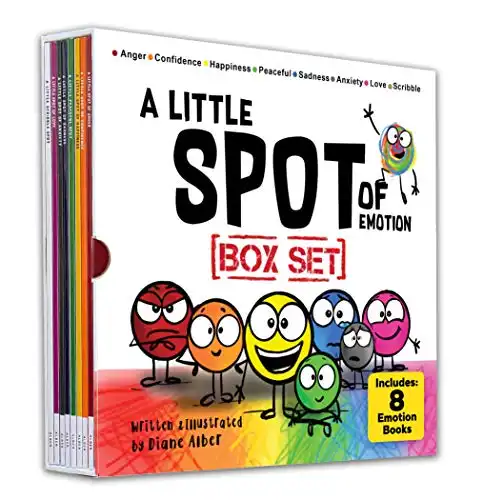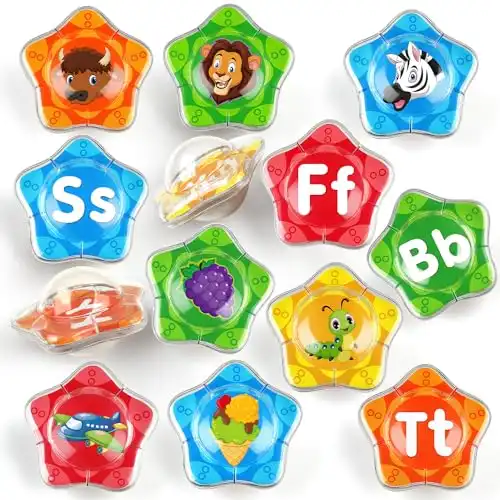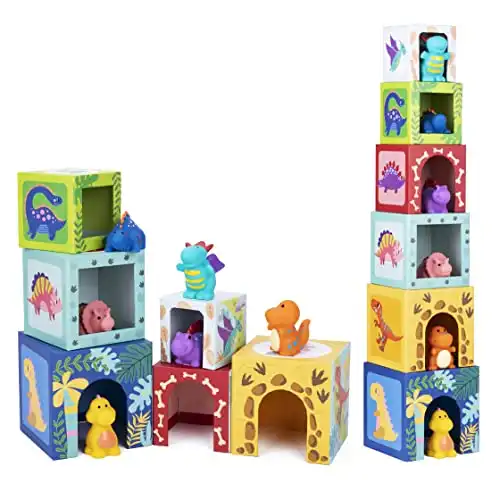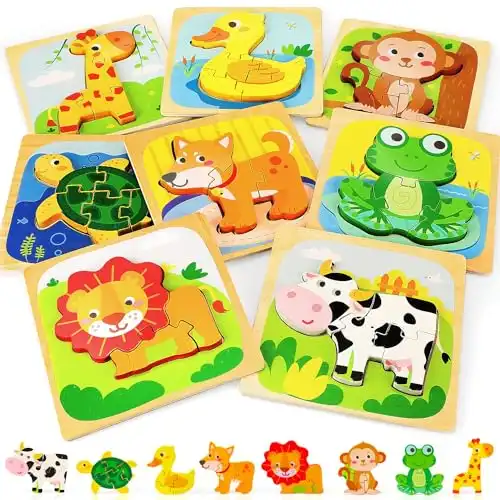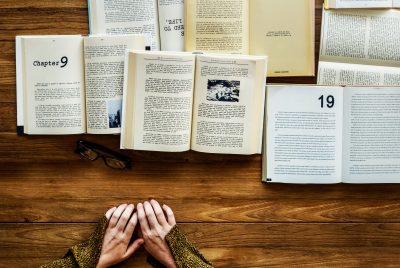Learning Activities for 2 Year Olds: 10 Simple and Fun Ideas
As a parent or caregiver of a 2 year old, you’ve likely noticed that they’re constantly on the go, curious about everything, and learning new things each day. That’s exactly why Learning Activities for 2 Year Olds are so important at this age! At 2, children absorb information like little sponges, so incorporating learning into playtime is key. I’m excited to share with you 10 simple and fun learning activities that can help your little one develop essential skills while having a blast.
In This Article
Why Learning Activities for 2 Year Olds Matter
Learning activities aren’t just about keeping your toddler entertained. At 2 years old, children are in a prime developmental stage. Every action, game, or task helps with growth. The best part? They don’t even realize they’re learning because they’re having so much fun!
Key Developmental Skills for 2 Year Olds
At the age of 2, your child is experiencing rapid growth across multiple areas of development. It’s an exciting time, as they begin to discover the world around them in new ways. Let’s break down the key areas of development that are essential for 2 year olds and how these skills can be nurtured through learning activities.
Physical Development
Physical development is a cornerstone of growth at this stage. This involves the enhancement of both gross motor skills (large movements like running and jumping) and fine motor skills (smaller, more precise movements like picking up small objects or turning the pages of a book).
Gross Motor Skills: At this age, toddlers are constantly testing their limits. They are learning to run, jump, climb, and sometimes, even kick a ball. Outdoor activities, such as chasing bubbles or playing on playground equipment, encourage physical exploration and help them strengthen their muscles.
Fine Motor Skills: Fine motor skills involve the coordination of small muscles, especially in the hands and fingers. Activities like threading beads, stacking blocks, or scribbling with crayons help improve their hand-eye coordination and dexterity. These skills are vital as they lay the foundation for later abilities like writing and using tools.
Cognitive Development
Cognitive development during the toddler years revolves around learning how to think, solve problems, and make sense of the world. At 2, children begin to understand more complex concepts, develop memory, and engage in more advanced problem-solving.
Problem-Solving: Whether they are figuring out how to solve a puzzle, or how to stack blocks without them falling, problem-solving skills are constantly being challenged. These activities help toddlers understand cause and effect relationships, which is a critical part of cognitive development.
Imagination and Creativity: This is also the age when imagination begins to take flight. Through pretend play, toddlers experiment with different roles, scenarios, and ideas. They might pretend to be a chef, a doctor, or even an explorer, using their creativity to shape their world.
Language and Memory: At 2, your toddler is rapidly expanding their vocabulary and understanding more complex sentences. They’re beginning to use simple sentences and can follow basic instructions. Reading books, singing songs, and talking to them regularly helps build language and memory skills. They start to remember routines and recognize familiar faces, objects, and places.
Social and Emotional Development
The emotional and social growth of 2 year olds is significant. While they are still learning to express their feelings, they are becoming more aware of their emotions and starting to understand the feelings of others.
Emotional Awareness: At this age, toddlers are learning to identify and express their emotions, though they may not yet have the full vocabulary to explain how they feel. You might notice more tantrums or mood swings as they navigate frustration, excitement, or confusion. Activities that involve pretend play can help them practice expressing emotions in a safe and controlled environment.
A little spot was developed with children, parents and teachers in mind. These books have been carefully crafted to make not only teaching SEL fun learning it too!
Social Interaction: Socially, 2 year olds are starting to engage more with other children, though they may still be in the early stages of learning how to share or take turns. Group activities, even something as simple as playing with another child in a sandbox, help toddlers learn important social skills like cooperation, empathy, and understanding social cues.
Independence and Self-Control: Toddlers are naturally curious and want to explore their independence. You may notice them wanting to do things “all by myself!” Whether it’s choosing their own clothes or deciding which toy to play with, these small choices help them build confidence. At the same time, they’re beginning to learn self-control, though it’s still a work in progress. Learning activities that give your 2 year old options and let them make small decisions foster this growing sense of independence.
Language and Communication Development
A major part of your child’s development at age 2 is language. This period is often referred to as the “language explosion,” where children begin to string together words, express their needs, and even ask questions. Their understanding of language far exceeds their ability to speak it, so you may notice they comprehend more than they can verbalize.
Vocabulary Growth: By 2 years old, most toddlers will know around 200-300 words, and their vocabulary is growing daily. They’ll start combining words into short phrases like “more juice” or “big truck.” Encourage this development by reading together, talking through daily activities, and responding to their attempts to communicate.
Comprehension: At this stage, toddlers understand more than they can say. They can follow simple directions like “please put your shoes by the door” or “give the ball to mommy.” They also begin to understand basic concepts such as colors, shapes, and sizes. Interactive activities that reinforce these concepts are helpful for both cognitive and language development.
Putting It All Together
By engaging in specific learning activities, you can help your 2 year old build these important developmental skills. The key is to offer a variety of activities that target each area—physical, cognitive, social, and language—so that they grow holistically. Through play, children naturally practice these skills in ways that feel fun and exciting to them. As you guide them, you’ll notice just how quickly they’re picking up new abilities and becoming more independent each day!
10 Simple and Fun Learning Activities for 2 Year Olds
Now, let’s jump into some easy, fun, and educational activities that you can start doing today with your little one!
Shape Sorting Games
Shape sorting games are a classic activity that toddlers absolutely love—and for good reason! These games not only help your child recognize different shapes and colors, but they also promote critical thinking and problem-solving skills. As your toddler figures out which shape fits into which slot, they’re working on their spatial awareness and fine motor skills at the same time.
Hape’s Country Critters Wooden Activity Play Cube for Toddlers is hub of activity that will keep your busy toddlers imagination running wild for hours.
The five-sided activity play cube features different animal friends to inspire young imaginations and storytelling
The 5 activities help to develop a number of key skills, including hand-eye coordination, pattern recognition, logic and problem solving, and maths.
What makes shape sorting games so effective is that they turn learning into a fun challenge. Your child may start by trying to force a square block into a round hole, but over time, they begin to understand how shapes work and start identifying patterns. This process of trial and error is invaluable for their cognitive development. Plus, it gives them a great sense of accomplishment once they succeed, boosting their confidence. You can easily find shape sorters in toy stores, or you can get creative and make your own by cutting shapes into cardboard boxes and using everyday objects.
Sensory Bins
A sensory bin is a fantastic learning activity for your 2 year-old. It’s essentially a container filled with various materials designed to stimulate your child’s senses;primarily touch, but it can also incorporate sight, sound, and even smell. Sensory bins allow toddlers to explore different textures, shapes, and objects in a controlled environment, which is perfect for this age when they’re naturally curious and love to experiment with the world around them.
The beauty of sensory bins is that they can be as simple or as elaborate as you want them to be. You can fill them with everyday items like rice, pasta, water, sand, or even dried beans. Then, add small toys, spoons, cups, or other household items that your toddler can use to scoop, pour, and manipulate. The tactile experience encourages them to explore new textures while engaging in imaginative play, which helps build fine motor skills, concentration, and problem-solving abilities. Plus, sensory bins can be easily customized to align with your child’s current interests, making learning through play even more exciting.
Water Play
Water play is one of those timeless activities that never fails to captivate a toddler’s attention. Whether it’s splashing in a small pool, pouring water from one cup to another, or playing with water-safe toys in the tub, the possibilities are endless. And while your toddler is busy having a blast, they’re also developing crucial motor skills and hand-eye coordination.
This cute alphabet bath toy set is a fun activity that helps toddlers develop fine motor skills and learn letters. Colorful letters and pictures are printed inside these waterproof toys.
Water play is especially beneficial for enhancing fine motor skills because it involves actions like squeezing, pouring, and grasping. These simple motions help strengthen the muscles in your toddler’s hands and fingers, preparing them for tasks like holding a pencil or using utensils later on. In addition to motor skills, water play encourages creativity and scientific thinking as your child experiments with concepts like floating, sinking, and pouring. Just be sure to supervise them closely for safety, and you’ll have a happy, engaged toddler!
Painting with Water
Painting with water is a brilliant, mess-free way for your child to explore their creativity. All you need is a paintbrush, a bucket of water, and a surface like a sidewalk, fence, or driveway for them to “paint” on. As the water dries, it leaves no mess behind—perfect for parents who love creative activities but dread the cleanup.
This simple activity helps toddlers develop their fine motor skills by requiring them to hold and control a paintbrush. The repetitive motion of painting helps strengthen their hand muscles and improves hand-eye coordination. It also introduces them to the concept of cause and effect: when they brush water on the ground, they see the immediate “painting” result, which then disappears as the water dries. For kids, it’s a fascinating and magical process! Painting with water also sparks their imagination, allowing them to create their own little masterpieces without the worry of spilling paint.
Nature Walks
Taking your toddler on a nature walk is a fantastic way to combine outdoor exploration with learning. Even a simple walk around the block or a visit to the park can turn into an exciting educational experience when you introduce your child to the sights, sounds, and textures of the natural world. You can point out trees, flowers, birds, and insects, encouraging your toddler to ask questions and make observations.
Nature walks are a great way to stimulate your toddler’s curiosity and cognitive development. As they observe their surroundings, they start learning about the different elements of nature—leaves, rocks, bugs, and more. You can even collect small objects like leaves or stones during your walk and use them later for sorting games or sensory bins. Plus, being outdoors helps develop gross motor skills as your child walks, runs, and navigates uneven surfaces. Not only are nature walks educational, but they’re also an excellent way to burn off energy!
Music and Dance Time
Music and dance time is a joyful way to get your toddler moving and learning at the same time. Whether it’s dancing to your favorite tunes, banging on a toy drum, or singing along to nursery rhymes, music provides an opportunity for physical activity and learning. Toddlers love rhythm and movement, and incorporating music into their routine can significantly boost their coordination and motor skills.
Dancing to music helps toddlers develop their balance and body awareness, as they move their arms, legs, and torso in sync with the beat. Plus, music introduces them to the concept of rhythm, which plays a crucial role in language development and memory. Singing simple songs with repetitive lyrics helps expand your child’s vocabulary and enhances their listening skills. You don’t need fancy instruments or a perfect singing voice—just play some fun tunes, grab some instruments (like pots and spoons if you don’t have musical toys), and enjoy dancing together!
Building with Blocks
Building with blocks is an essential learning activity for toddlers, offering countless opportunities for creativity and problem-solving. Whether they’re stacking towers, creating buildings, or constructing imaginary worlds, block play is a great way for toddlers to work on their fine motor skills and hand-eye coordination.
Stacking and nesting at same time for learning sizes, weight, numbers, counting, colours and dinosaurs. It is advisable that an adult to supervise and enjoy the interaction of children with this toy. The stacking toys are great funny with lots of educational values.
As your toddler manipulates the blocks, they’re learning about balance, structure, and spatial relationships—important concepts that lay the groundwork for math and logic skills later on. Block play also fosters creativity, as there are no rules or instructions; your child can build whatever they like, knocking it down and starting again as they please. Moreover, block play often turns into a collaborative activity if other children are involved, helping your toddler learn about cooperation and sharing.
Pretend Play
Pretend play, also known as open ended play, is a powerful tool for your toddler’s development. At this age, children love pretending to be someone or something else, whether it’s playing house, doctor, or even acting like their favorite animal. Pretend play helps toddlers practice social interactions, express their emotions, and explore different roles, which supports their emotional and social development.
When children engage in pretend play, they learn how to navigate social situations and express empathy. For instance, if they’re pretending to take care of a doll, they’re practicing nurturing and caregiving behaviors. They also start to understand different emotions by acting out various scenarios. Additionally, pretend play encourages language development, as toddlers often talk through their play, using new vocabulary and phrases they’ve heard. It’s a wonderful way for them to develop their imagination and build confidence in expressing themselves.
Puzzle Time
Puzzles are more than just a fun way to pass the time—they’re an excellent tool for developing your toddler’s logical thinking and problem-solving abilities. Working on puzzles requires your child to focus, analyze shapes and patterns, and figure out how pieces fit together, which strengthens their cognitive and fine motor skills.
This wooden puzzle comes with 8 different Shape with bright colors, including yellow duck, frog, dog, monkey, lion, giraffe, cow, turtle. Every puzzle is so bright that it is very easy to attract the attention of your little one and very great for cognitive learning.
At 2 years old, it’s best to start with simple puzzles that have large pieces, typically involving basic shapes or pictures of familiar objects. As your child’s skills improve, you can introduce more complex puzzles. Puzzles teach toddlers patience and persistence, as they work through the challenge of finding the right pieces. They also boost memory as toddlers begin to recognize patterns and remember which pieces go where. Plus, solving a puzzle provides a sense of accomplishment, which is great for building confidence.
Storytelling and Reading Together
Storytelling and reading are some of the most impactful activities you can do with your toddler to support their language development. When you read aloud, your toddler not only hears new words but also learns about sentence structure, rhythm, and tone. This process lays the foundation for their own speech and comprehension skills.
Reading together helps build your toddler’s vocabulary and improves their listening abilities. It’s also an opportunity for bonding and helps foster a love for books that can last a lifetime. To make storytime more engaging, use different voices for characters, ask your toddler questions about the pictures, and encourage them to point out objects or repeat words. Storytelling doesn’t have to come from books alone—you can also create your own stories or recount fun memories from the day. This activity helps spark their imagination while teaching them the importance of communication and storytelling.
Closing Thoughts From Me
At the end of the day, learning activities for 2 year olds don’t need to be complicated. These simple and fun activities can be easily incorporated into your daily routine, helping your little one develop crucial skills in a playful and relaxed environment. Remember, the goal is to make learning a joyful experience for both you and your child. So, get creative, have fun, and watch your little one thrive!
FAQ’s
How often should I do learning activities with my 2 year old? There’s no strict rule on how often to engage in these activities, but consistency is key. Aim for at least one structured learning activity per day, alongside regular unstructured playtime. It’s more about quality than quantity—make sure it’s enjoyable for both you and your toddler!
What if my toddler doesn’t seem interested in the activities? It’s completely normal! Every toddler has different preferences, and their interests may change daily. If your child isn’t engaged in a particular activity, try offering a variety of options, and let them take the lead. Follow their cues, and keep it fun and low-pressure.
How can I make learning activities fun at home? The trick is to blend learning with play! Keep activities short and sweet, using everyday items like kitchen utensils or pillows for obstacle courses. Celebrate small achievements, and offer lots of praise and encouragement. Creating a relaxed, playful environment makes all the difference.
Can these learning activities for 2 year olds help with speech development? Absolutely! Many of these activities, especially storytelling, reading, and pretend play, directly support language and communication skills. By encouraging your toddler to name objects, describe actions, and ask questions, you’re helping them develop their vocabulary and speech.
How can I balance screen time with these activities? It’s all about finding balance. While a little screen time is okay, focus on hands-on, interactive activities for most of the day. Engaging in these learning activities fosters development in ways that screens simply can’t, so aim for more playtime and fewer screens.

